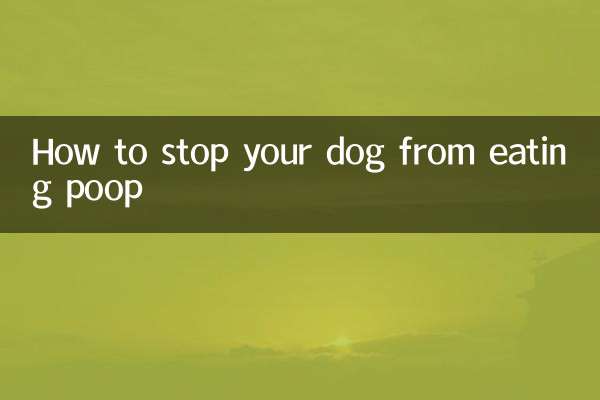How to feed a baby husky: scientific feeding guide combined with hot topics
Recently, the hot topic about pet feeding has continued to heat up across the Internet, especially the feeding methods for high-energy dog breeds such as Huskies. This article will combine the hot content of the past 10 days to provide you with a detailed analysis of how to scientifically feed young huskies and provide structured data reference.
1. Recent hot pet feeding topics

According to the data analysis of the entire network, the following are the most popular topics related to pet feeding in the past 10 days:
| Ranking | hot topics | Discussion popularity |
|---|---|---|
| 1 | Balanced nutrition for puppies | 987,000 |
| 2 | Natural grain vs. commercial grain selection | 765,000 |
| 3 | Pet Food Safety Alerts | 652,000 |
| 4 | dog obesity problem | 589,000 |
| 5 | Feeding Tips for Special Dog Breeds | 473,000 |
2. Key points for feeding small huskies
As a working dog breed, Huskies have unique metabolic characteristics and nutritional needs. The following are the key points of scientifically feeding small huskies:
1. Feeding frequency for different age groups
| age stage | Feeding times per day | Things to note |
|---|---|---|
| 2-3 months | 4-5 times | Eat small meals frequently, soaked dog food |
| 4-6 months | 3-4 times | Gradually transition to dry food |
| 7-12 months | 2-3 times | Control food intake to avoid obesity |
| 1 year old and above | 2 times | Regular and quantitative feeding |
2. Recommended nutritional ratio
| Nutritional information | Proportion requirements | food source |
|---|---|---|
| protein | 22-32% | High quality meat and fish |
| fat | 12-18% | Animal fats, vegetable oils |
| carbohydrates | 30-50% | Whole grains, vegetables |
| Cellulose | 2-4% | pumpkin, carrot |
| Calcium to phosphorus ratio | 1.2:1 | Specialized dog food/supplements |
3. Feeding precautions and answers to hot questions
Based on the recent hot issues that netizens are most concerned about, the following are common precautions when feeding young huskies:
1. Key points in food selection
The topic of pet food safety has been very hot recently. When choosing dog food, you should pay attention to: check the production date and shelf life; check whether the first three words in the ingredient list are high-quality protein sources; avoid products with too many additives.
2. Drinking water management
Huskies exercise a lot and need to ensure adequate clean drinking water. In summer, you can add ice cubes appropriately to help cool down, but it should not be excessive to avoid gastrointestinal discomfort.
3. Snack control
There's been a lot of discussion lately about pet obesity. Snacks should be controlled within 10% of the total food intake, and natural ingredients such as carrot sticks and apple slices should be preferred.
4. Transition to food exchange
Sudden food changes can easily lead to gastrointestinal problems. A 7-day transition method should be adopted: 75% old grain + 25% new grain on days 1-2; 50% each on days 3-4; 25% old grain + 75% new grain on days 5-6; complete conversion on day 7.
4. Feeding adjustments during special periods
According to recent recommendations from veterinary experts, the following situations require special adjustments to the feeding plan:
| special period | Feeding adjustments | duration |
|---|---|---|
| vaccination period | Reduce food intake by 10-15% | 1 day before and after vaccination |
| disease recovery period | easily digestible food | Follow doctor's advice |
| after strenuous exercise | Supplement electrolytes | 30 minutes after exercise |
| Molting season | Increase Omega-3 | The entire moulting period |
5. Summary
Scientific feeding of small huskies requires a combination of dog breed characteristics, age stages and individual differences. Recent hot spots show that pet owners are paying more and more attention to nutritional balance and food safety issues. Through the structured data and feeding suggestions provided in this article, I hope it will help you take better care of your little husky and let it grow healthily.
Remember, every dog is a unique individual. While following the basic principles, also observe your dog's reaction to food and seek professional veterinary advice if necessary. Regular physical examinations and weight monitoring are also important links in ensuring scientific feeding.

check the details

check the details